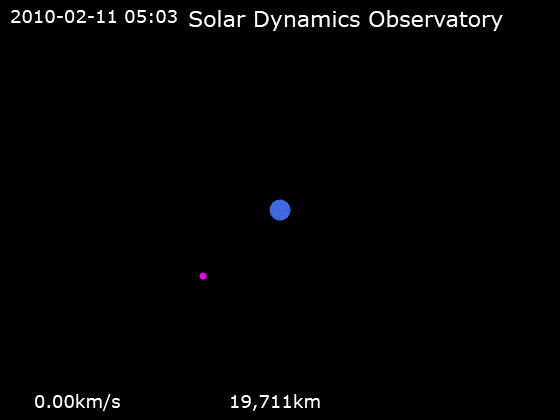New Insights into Giant Planet Formation from ALMA Research

In a groundbreaking study published on June 14, 2025, an international team of astronomers, including researchers from the University of Arizona's Lunar and Planetary Laboratory, unveiled significant findings regarding the formation of giant planets. Utilizing the Atacama Large Millimeter/submillimeter Array (ALMA), the team investigated 30 planet-forming disks surrounding nearby young stars, revealing how gas and dust within these disks evolve at different rates. This research fundamentally alters our understanding of the timescales for the formation of gas giants such as Jupiter.
The study, part of the ALMA Survey of Gas Evolution of PROtoplanetary Disks (AGE-PRO), documented the evolution of gas and dust in protoplanetary disks across various stages of their lifecycle. The research found that while dust lingers within the disks, gas dissipates at a much quicker rate, effectively narrowing the window for the formation of gas giants. According to Dr. Ke Zhang, the principal investigator from the University of Wisconsin-Madison, "The most surprising finding is that although most disks dissipate after a few million years, the ones that survive have more gas than expected. This suggests that gaseous planets like Jupiter have less time to form than rocky planets."
The implications of these findings are profound. The lifetime of the gas in a disk directly impacts the timescale for the growth of dust particles into larger bodies, eventually leading to planetary formation. The research highlights that as disks age, their gas and dust are consumed at different rates, leading to a shift in the gas-to-dust mass ratio. Unlike dust, which remains in the disk longer, gas disperses quickly when disks are young. This dynamic could significantly affect the types of planets that form, including the potential for more gas giants.
Ilaria Pascucci, a professor of planetary sciences at the University of Arizona and one of the co-principal investigators on the project, remarked, "Observing the gas is much more difficult because it requires extensive observing time; therefore, we needed to conduct a large program to achieve a statistically significant sample."
The research team also employed advanced techniques to identify molecular tracers of gas, enhancing the accuracy of their measurements. Dingshan Deng, a graduate student at the University of Arizona and lead author of one of the related papers, emphasized the importance of the new findings: "Thanks to these new and long observations, we can now estimate and trace gas masses across a wide range of disk masses, not just the brighter and better-studied disks."
The AGE-PRO study targeted three star-forming regions—Ophiuchus, Lupus, and Upper Scorpius—each representing different stages in the lifecycle of protoplanetary disks. The findings not only provide a clearer picture of the gas and dust dynamics within these disks but also serve as a legacy library of spectral line observations for future research.
These insights are set to reshape our understanding of planetary formation and evolution in the cosmos. As researchers continue to explore the complexities of these planetary systems, the AGE-PRO findings underscore the intricate balance of gas and dust in the formation of both rocky and gaseous planets, ultimately influencing the architecture of planetary systems throughout the universe. The study was funded by various organizations, including the National Science Foundation and the European Research Council, among others.
In conclusion, as astronomers delve deeper into the dynamics of protoplanetary disks, the knowledge gained from studies like AGE-PRO will not only enhance our understanding of how giant planets form but also provide critical insights into the evolution of planetary systems, including our own.
Advertisement
Tags
Advertisement





